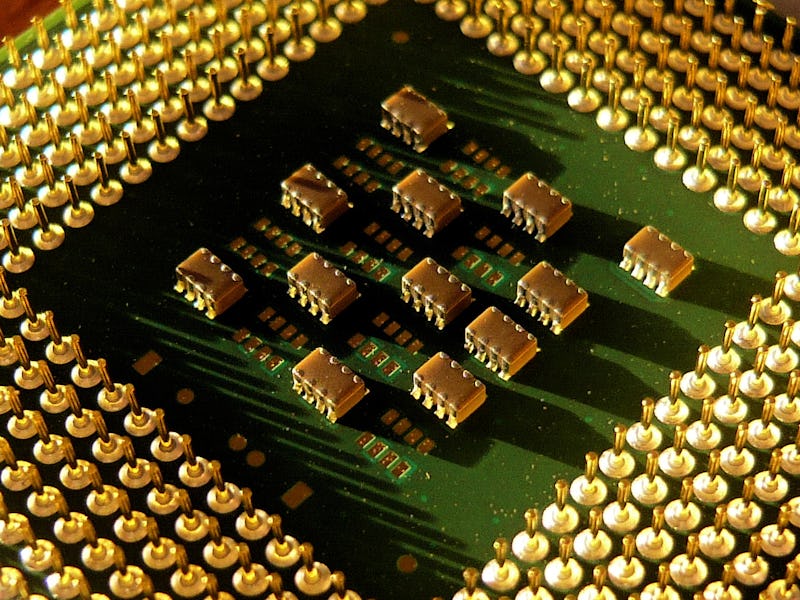Quantum Computers Closer than Ever with Powerful New "Quantum Simulator"
Not quite a quantum computer, but real close.

Quantum computers are the holy grail of 21st century engineering, as their quantum weirdness would let them hold information and solve problems so much more complex than anything even today’s best supercomputers can handle.
As they report Wednesday in two papers published in Nature, researchers at Harvard, Massachusetts Institute of Technology, and the University of Maryland haven’t quite created a quantum computer in all of its glory, but they’ve gotten pretty damn close. They have instead built what’s known as a quantum simulator. It lacks the near-infinite versatility of a quantum computer, but it uses quantum principles to solve very specific problems.
So what exactly would it take for this system to be considered a quantum computer? Harvard Professor Mikhail Lukin, the co-lead of one of the papers, tells Inverse the issue is threefold.
“We would have to increase the number of qubits available, improve the coherence, or reduce the error, of these qubits, and increase the level of programmability of the system, so make it able to solve a larger number of problems,” he says.
The researchers were able to capture and manipulate 51 individual atoms, or qubits, to create a quantum simulator. That’s the largest set of qubits ever assembled for such a simulator. Instead of charged ion particles, the researchers were the first to use neutral atoms with identical properties. Unlike ions, neutral atoms don’t repel. This made it possible to bring such a large group of qubits together.
Qubits are the underlying units that make quantum computing possible. In a standard computer, all of the tweets you type are stored as binary, or a series of zeros or ones. In a quantum computer, data is stored in qubits which can be anything from a photon, electron, or nucleus.
A bit must be either a one or a zero, while a qubit can be one and zero at the same time. Yes, that’s very indecisive, but allows quantum computers to store exponentially more data than binary machines. The 51 atoms the researchers were able to capture could represent over 2 quadrillion values. Allowing scientists to solve optimization problems like the traveling salesman problem and simulate physics phenomena that they otherwise could not.
“These interactions [being studied] are quantum mechanical in nature,” said Alexander Keesling a Ph.D. student and co-author of the study in a statement. “If you try to simulate these systems on a computer, you’re restricted to very small system sizes, and the number of parameters are limited. If you make systems larger and larger, very quickly you will run out of memory and computing power to simulate it on a classical computer. The way around that is to actually build the problem with particles that follow the same rules as the system you’re simulating - that’s why we call this a quantum simulator.”
Lukin tells Inverse there is no time frame for when quantum computers will become a reality, but this research as given scientists the capability of messing with things that were completely out of the realm of the computers we use today. This opens the door to further understanding the intricacies of the world we live in a whole new way.
Scientists want to build a quantum computer the size of a soccer field.